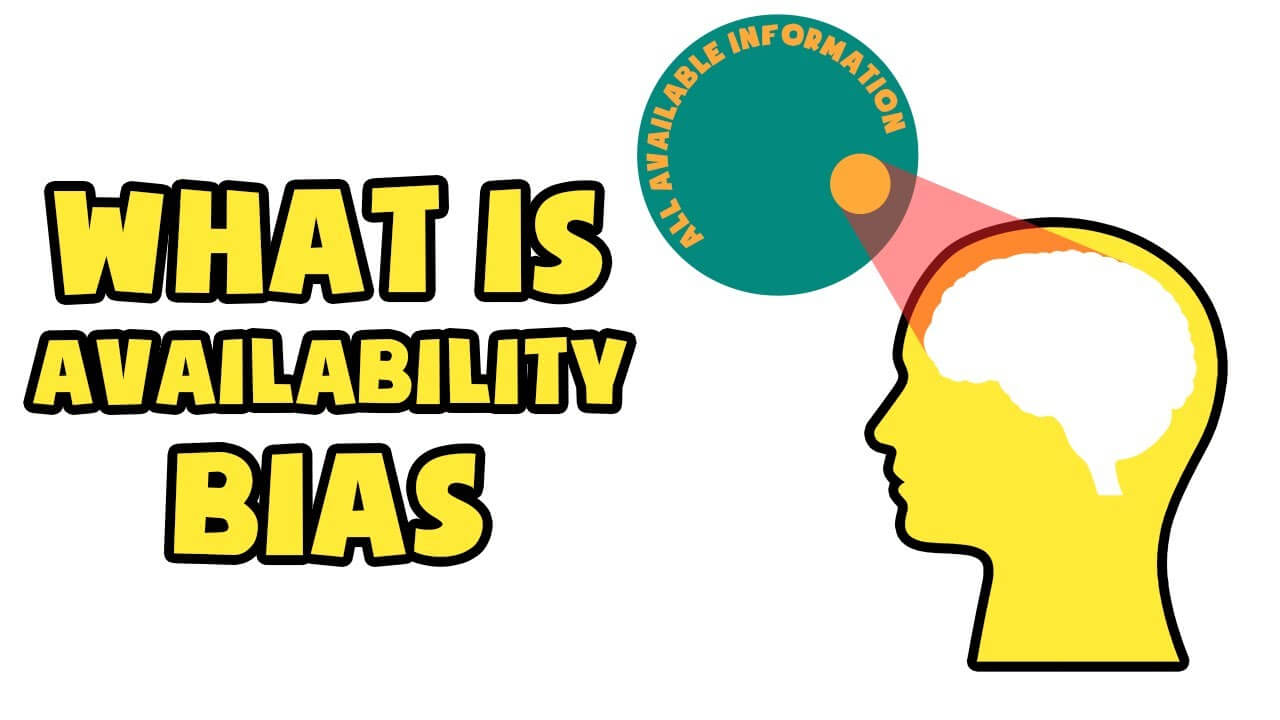If a person can readily call to mind an event, that makes the event seem as if it happens more often.
An effective marketing message will bring instances to mind, which will help convince prospective customers that they should, indeed, make a purchase.
People will use the ease of retrieving an example as a sign of the frequency or probability with which that thing occurs.
If it is difficult to think of an occurrence, people will assume the event does not happen a lot, and as a result, will probably not happen to them (therefore they won't need what you're selling).
When they can easily think of an instance, when it's readily available in their memory bank, they'll feel this means it's more commonplace and has a greater likelihood of occurring to them.
Repeated exposure to information, even about an occurrence that does not directly affect a person, can influence that person's perceptions of the information and its likely frequency.
Recent memories can be easier to retrieve and because of this, people may overweight their value.
The ease of retrieving information is more impactful than the amount of information retrieved.
Frequency, recency, and quantity contribute to availability.
Ways to apply availability bias in your marketing…
Before asking for the sale, you can lay the groundwork by prompting your prospects to think of instances in their lives where your product or service would have fit in nicely. The quicker they think of them, the more likely they are to also think they'll need what you sell.
Prompt a customer or prospect to think of a time when having had your product or service would have been really beneficial.
Ask your potential customer to list the top three ways your product or service could be useful to them.
The key is to trigger availability bias by causing people to estimate the likelihood something will happen that would make your product a smart purchase.
A good way to increase people's fear of a bad outcome is to remind them of a related incident in which things went wrong; a good way to increase people's confidence is to remind them of a similar situation in which everything worked out for the best.
It’s a mistake to start listing features and benefits without first setting the stage. By starting your message with an availability trigger, you can immediately make your target more receptive to it.
If you describe something they want to avoid, availability bias can work nicely with loss aversion.
If the event or example was especially noticeable, vivid, or emotional, it will have a better chance of coming readily to mind.
If it is something that happened recently, or something that the person recently heard about, it will also be more likely to be recalled.
If the situation is something that your customer or prospect is very familiar with, either through personal experience or repeated exposure, it will also have a greater likelihood of springing to mind easily.
Prompt people to recall a time when, if they'd already owned your product or service, it would have been advantageous.
Get them to imagine a time in the future when your product would fit nicely into their work or personal lives.
Focus your marketing so that you are well known for one thing. That way, your company will come to mind when people think of that particular attribute.
Make your messaging consistent. And persistent. You want your product or service to feel familiar to your target.
Include instances, examples, and stories in your marketing that point to your product as the obvious answer.
Link a common saying to your marketing messaging.
Take advantage of a current event that connects to the product or service you sell.
Make sure your marketing paints a vivid, emotional picture of what owning your product would be like.
Get people talking about your brand. The more often people hear or see it mentioned, the more familiar it will feel.
Be where your customers and prospects are. Make sure they encounter your marketing message as they go about their day. Show up in the various places they'll be. ( Omnipresence ) Use retargeting to stay top of mind with them.
Link news stories, current events, and common sayings to their products to make them more readily recalled.
Use imagery to quickly and effectively prompt availability bias. Using examples that are especially noticeable, vivid, or emotional will have a better chance of readily coming to your target's mind.



Connect with Jesse Grillo online and on Social:












